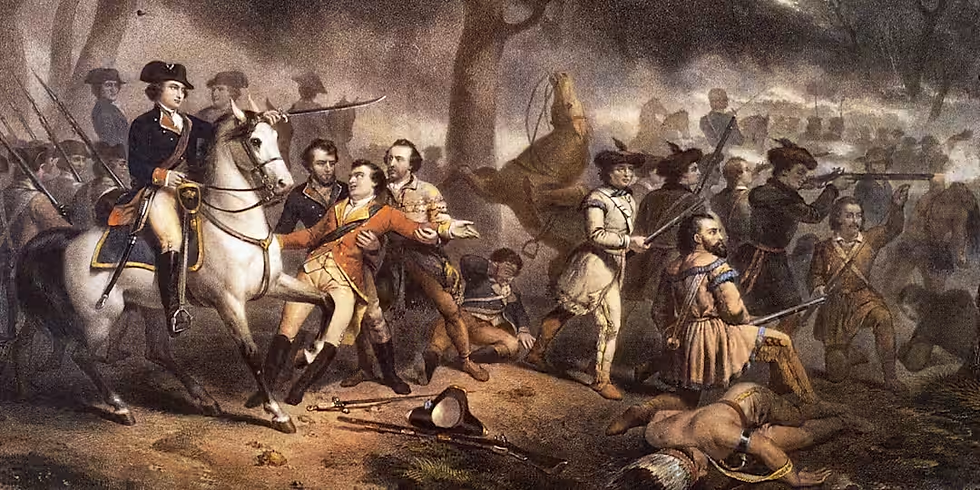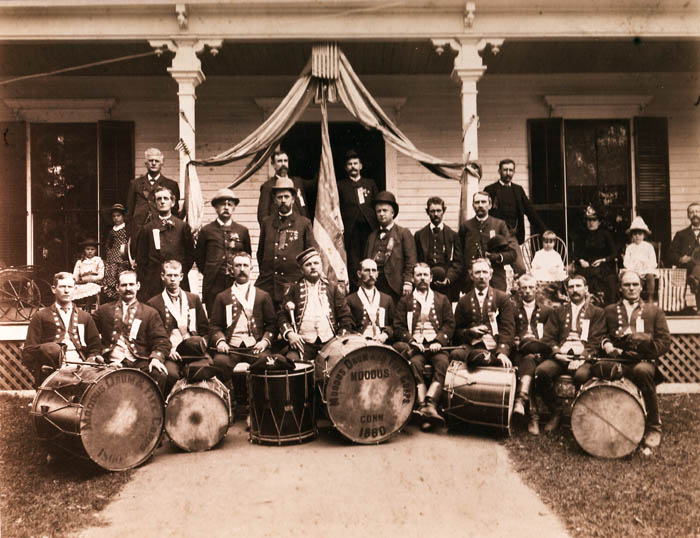Odds and Ends from Early Wilbraham
- David Bourcier
- Nov 17
- 3 min read
Much of what we know about Wilbraham’s earliest quirks, customs, and firsts comes from the notes of Calvin Stebbins and John Bliss, Esqs. Their observations offer a glimpse into how daily life in town slowly changed from the mid-1700s through the early 1800s.
The first potatoes came to Wilbraham around 1754, brought by Deacon Nathaniel Warriner roughly twenty-three years after the town was settled. Not long after, broom-corn became an important local crop. Thomas Jones or Joshua Leonard is credited with growing the first small patch, and later, Paul Langdon, along with Calvin and Sylvanus Stebbins, raised it in larger quantities and manufactured brooms. By about 1859, Daniel Atchinson was still raising broom-corn on West Street, today’s Stony Hill Road, and making brooms right on his property.
Agricultural improvements made their way to town gradually. Plaster of Paris, or gypsum, first arrived in 1776 when Gad Lamb hauled it in from West Springfield. Calvin Stebbins later introduced the town’s first plough with an iron mouldboard, and Daniel Isham is believed to have used the first cast-iron plough nearly two centuries ago. Around the same time, residents began cultivating grafted fruit trees, replacing the older cider-apple varieties. Flax, a long-used crop, faded out of cultivation during this period. Hops, however, were grown successfully by Calvin Stebbins about 190 years ago, and a few farmers even raised hemp during the War of 1812.
Fishing traditions had their own peculiarities. In early times, it was considered scandalous for a farmer to be seen going after shad; neighbors joked that anyone catching shad must be “out of pork.” To avoid gossip, men often left before dawn and returned after dark. Shad were once so plentiful that fishermen insisted on trading several pounds of shad for every pound of salmon.
Nature, too, offered surprises. About 187 years ago, bullheads, often called hornpouts, appeared in the Scantic River, and the trout population suddenly vanished, frustrating local anglers. A few years later, the bullheads disappeared as unexpectedly as they had arrived, and the trout returned. Around that same era, excitement swept the region when freshwater clams in the Scantic were found to contain pearls, some of real value.
Small but memorable “firsts” continued to shape the town. Lieutenant Paul Langdon brought in Wilbraham’s first wagon, and by 1784, only two two-horse wagons and five two-horse sleighs existed in the entire town. A one-horse wagon appeared in 1804 thanks to Jesse or Pliny Bliss. The first buffalo robe, brought from Montreal in 1805, cost just five dollars.
Inventive minds contributed their share as well. Lewis Langdon devised a machine for turning cider-mill screws, Walter Burt created shears for trimming the nap of cloth, and Edwin Chaffee, a Wilbraham native, pioneered the use of India-rubber preparations for fabric, likely the most significant invention ever produced by a native of the town.
Some changes arrived in less welcome ways. David Chapin unintentionally introduced the first rat to Wilbraham when one arrived hidden in a sack of wool from Rhode Island, and was allowed to live. From that moment, rats became part of local life. Livestock also improved through experimentation: Capt. Charles Sessions brought Merino sheep to town and built a sizable flock, while Capt. Joseph Lathrop and his sons introduced Saxon sheep. Efforts to improve cattle came later, but attention to better swine breeding began earlier.
Many early place-names in Wilbraham tell their own stories. The Northeast Village once bore the nickname “Sodom,” the South Parish was known as “Pokeham,” and the South Village went by “The City.” Goat Rocks earned its name after William King’s goats favored the spot; one unfortunate goat became trapped in the rocks and died there. The region south of Burt’s Mill was once called Rocky Dundee.
Pole Bridge Brook took its name from the simple pole bridge first built over it, though it was also known as Beaver Brook for the beaver dams and Twelve-mile Brook for its distance from Springfield. Nine-mile Pond, likewise, sat nine miles from Springfield. Rattlesnake Peak got its name after a rattlesnake was killed there. Wigwam Hill recalled a Native woman’s wigwam once located nearby. Stony Hill was named, quite literally, for its rocky terrain. And finally, Peggy’s Dipping Hole earned its unusual name after a woman named Peggy fell through thin early-winter ice while traveling to church services in Springfield, an incident remembered long after the road itself became known simply as Dipping Hole Road.
Taken together, these stories form a patchwork of Wilbraham’s early character, practical, sometimes humorous, and always tied closely to the land and people who shaped the town’s history.





Comments